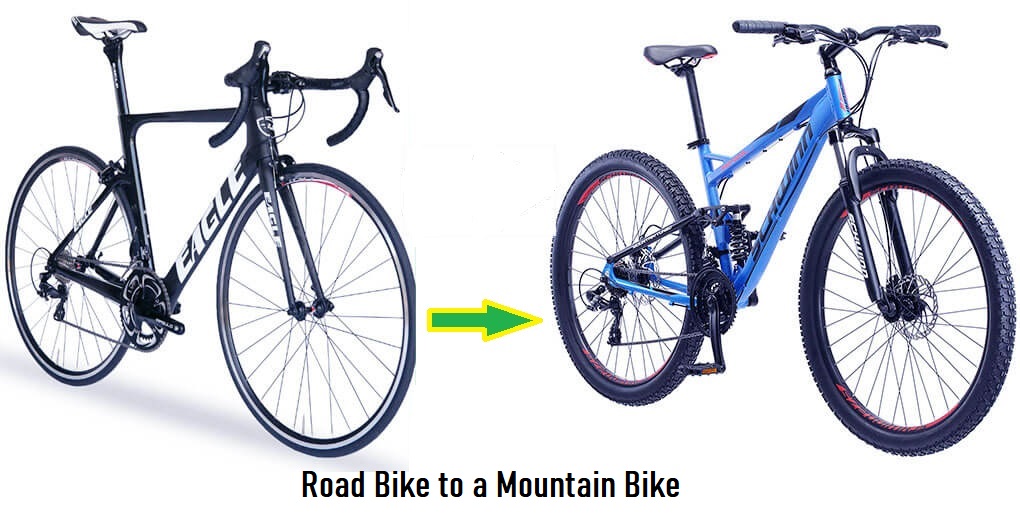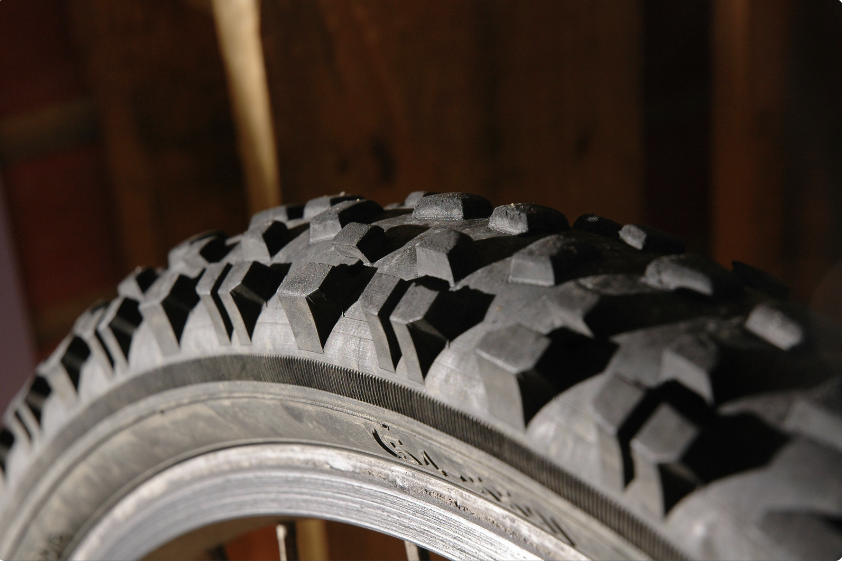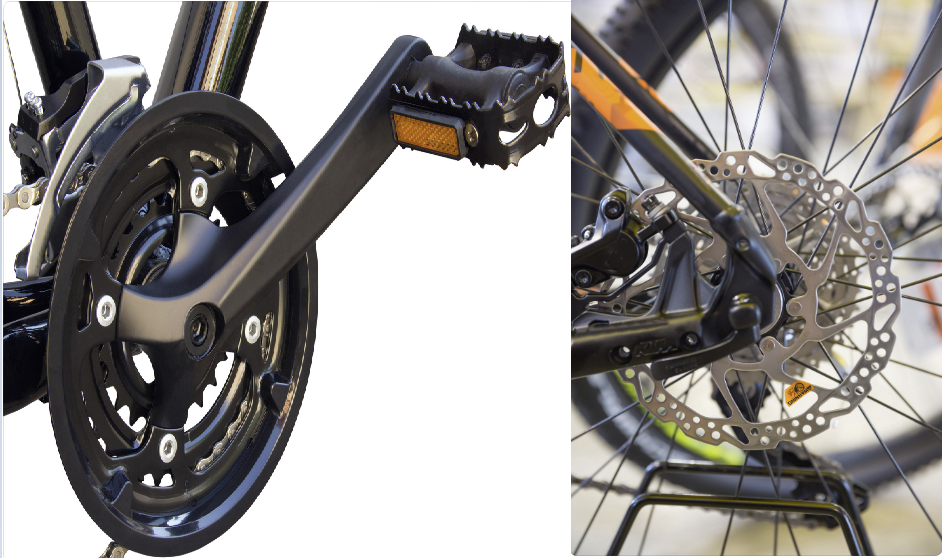If you are a mountain biker, chances are you have heard of the all-mountain concept. This type of riding is becoming increasingly popular amongst mountain bikers as a way to experience the thrill of downhill riding without the restrictions of having to stay on one specific trail.

But what if you don’t want to buy an all-mountain bike? Is it possible to convert your existing Road Bike to a Mountain Bike? The answer is yes.
You can do it yourself if you have the necessary mechanical abilities and tools at your disposal.
Change the frame of your road bike to one designed for mountain biking, add a suspension fork in place of your rigid fork, and upgrade all of your other components to those designed for mountain biking. If you are happy with the saddle, you can use it on your mountain bike as well.
The Benefits of Converting Your Road Bike to a Mountain Bike
Are you an avid cyclist who is looking to expand your options? Consider converting your road bike into a mountain bike.
Road bikes are designed for speed and endurance but have limited capabilities when it comes to handling rougher terrain.
But by making some simple changes, you can transform your road bike into a mountain bike that can take on tougher trails with ease.
Let’s look at the steps involved in the conversion process.
Gather Supplies
The first step in converting your road bike is to make sure you have all the necessary parts and supplies.
You will need tubeless tires, tubeless rims, brakes with discs, wider handlebars for better stability, and wider pedals for better grip.
You should also make sure that the frame of your bike is strong enough to handle the heavier load of a mountain bike.
Additionally, if you plan on riding in wet or muddy conditions, it’s best to also pick up some mudguards or fenders as well as some waterproof gear.
Install Wide Tires

The first step in converting your road bike into a mountain bike is to install wider tires. Road bikes come with narrow tires that are designed for speed and efficiency, but these won’t perform as well off-road.
By switching to wide tires with deep treads, you will be able to better handle uneven terrain and muddy conditions without sacrificing too much speed or efficiency.
Mountain bike tires should have a diameter of between 26 and 29 inches, according to the recommendations of most manufacturers. For a more secure and comfortable fit, look for tires that have a rubber casing.
Install Disc Brakes and Pedals

Next up are disc brakes and pedals. Disc brakes are essential for off-roading because they provide more stopping power than traditional rim brakes do when descending steep hills or navigating technical trails. To ensure maximum control over your ride, be sure to install wider pedals for more grip when pedaling over rough terrain.
Adjust the Braking System & Gear Ratios.

When riding off-road, having reliable brakes is essential for safety reasons as well as performance reasons—you don’t want to be unable to stop when coming down a steep hill!
Make sure that your brakes are properly adjusted for maximum stopping power when needed.
Additionally, you may also want to adjust the gearing ratios on your road bike so that they are better suited for climbing hills and navigating technical terrain.
A Comparison of Road and Mountain Bikes
Whether you’re a beginner or an experienced cyclist, understanding the differences between road and mountain bikes is essential to ensure that you have the right bike for your needs.
While both types of bikes offer great benefits, they are designed with different purposes in mind.
Let’s dive into what makes each type of bike unique so that you can make an informed decision when selecting a bike.
Functionality
The primary difference between a road bike and a mountain bike lies in its functionality.
As the name suggests, mountain bikes are designed for off-road use on rough terrains such as dirt trails, hills, rocks, and roots. These bikes feature wider tires with knobby treads to provide more traction on uneven surfaces.
On the other hand, road bikes are designed primarily for on-road use on paved surfaces like roads and sidewalks. These bikes feature narrower tires with smoother treads for reduced rolling resistance and higher speeds over long distances.
Design
In terms of design, there are several key differences between road bikes and mountain bikes.
Road bikes tend to have a lightweight frame with drop handlebars that allow riders to lean forward while pedaling for increased aerodynamics and speed.
Mountain bikes typically have heavier frames with flat handlebars that provide better control in rough terrain but sacrifice some speed on the pavement.
Other notable design elements include suspension systems (mountain bikes usually feature suspension forks) and gear ratios (road bikes generally have higher gear ratios than mountain bikes).
Comfort Level
When it comes to comfort level, both types of bicycles offer distinct advantages depending on where you plan to ride those most often.
Mountain bikes tend to be heavier than road bikes due to their sturdier frames and suspension systems. They may not be ideal for long rides on smooth surfaces like roads or sidewalks.
However, their larger tires make them more forgiving when riding over bumps or obstacles in rough terrain.
Road bikes offer increased speed and agility but may not be well-suited for more technical trails due to their smaller tires which can easily become stuck in mud or sand if ridden off-road too often.
Conclusion:
Ultimately, the decision between a road bike or mountain bike comes down to your intended use case—where do you plan to ride most often?
If your cycling happens mostly on paved surfaces such as roads or sidewalks then a road bike is probably your best bet; however, if you plan on doing more off-roading then a quality mountain bike may be worth considering instead.
Either way, understanding the design differences between these two types of bicycles will help ensure that you end up with the right one for your needs!